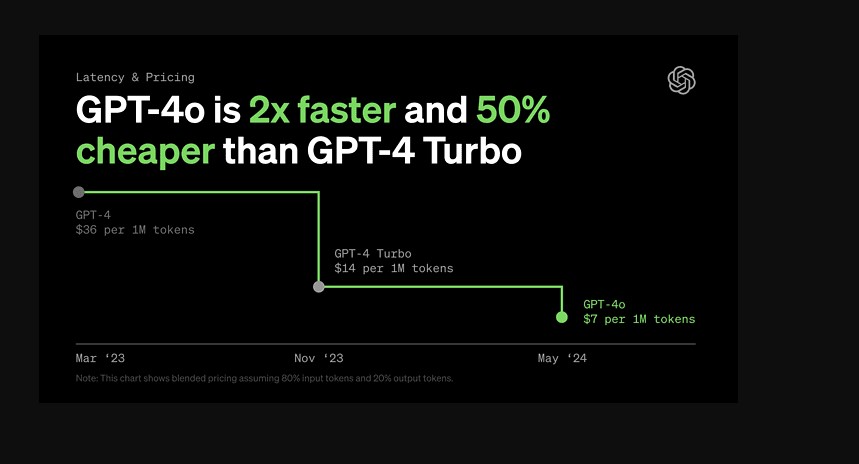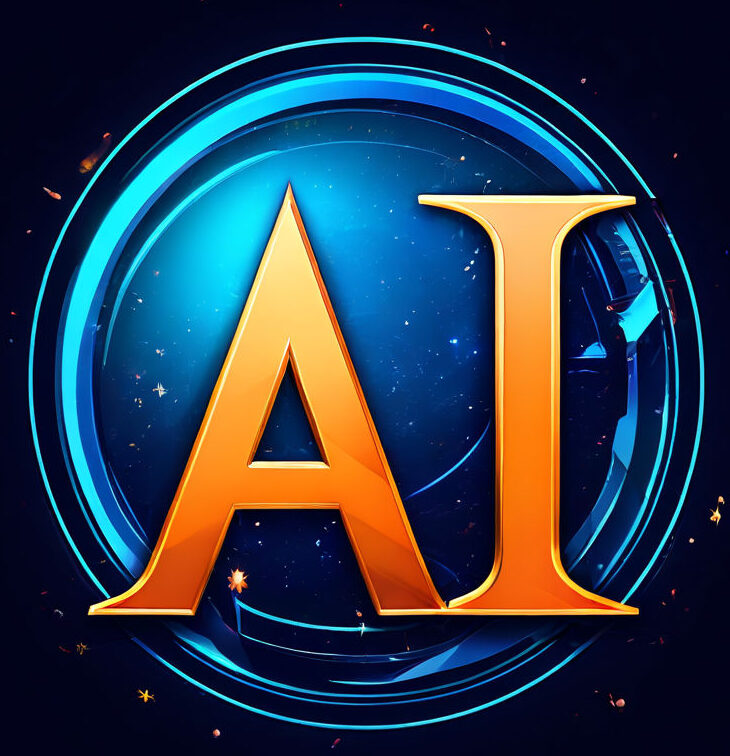Artificial Intelligence (AI) has evolved from simple machine learning to today’s advanced systems. OpenAI has been at the forefront of this change, creating powerful language models like ChatGPT, GPT-3.5, and the latest GPT-4o. These models show AI’s impressive ability to understand and generate human-like text, moving us closer to Artificial General Intelligence (AGI).
AGI is a type of AI that can understand, learn, and use intelligence across many different tasks, similar to a human. Achieving AGI is exciting but challenging, with many technical, ethical, and philosophical obstacles to address. As we await OpenAI’s next model, there is great anticipation for breakthroughs that could bring us nearer to AGI. Read this also Viggle AI Idea To Video Generator Tool 2024

What is AGI?
AGI, or Artificial General Intelligence, is the idea of an AI system that can perform any intellectual task a human can. Unlike narrow AI, which is good at specific tasks like language translation or image recognition, AGI would have broad, adaptable intelligence, allowing it to apply knowledge and skills across various fields.
The possibility of achieving AGI is a hot topic among AI researchers. Some experts think we are close to breakthroughs that could lead to AGI in the next few decades. They believe rapid advances in computing power, new algorithms, and a better understanding of human thinking will help us overcome the limits of current AI systems.
However, others argue that human intelligence is complex and unpredictable, presenting challenges that might take much longer to solve. This debate shows the uncertainty and high stakes of the AGI quest, highlighting both its potential and the difficult obstacles ahead.
GPT-4o: Progress and Abilities
GPT-4o is one of the latest models in OpenAI’s Generative Pre-trained Transformers series, showing significant improvements over GPT-3.5. It has set new standards in Natural Language Processing (NLP) by better understanding and generating human-like text. A notable feature of GPT-4o is its ability to handle images, moving towards multimodal AI systems that can process information from multiple sources.
GPT-4 has billions of parameters, much more than previous models. This large scale helps it learn complex patterns in data, maintaining context over long text spans and improving the coherence and relevance of its responses. These improvements are useful for tasks requiring deep understanding and analysis, like legal document review, academic research, and content creation.
The ability to process both images and text marks a significant advancement for GPT-4. It can now perform tasks that text-only models couldn’t, such as analyzing medical images for diagnostics and creating content involving complex visual data.
However, these advancements are costly. Training such a large model requires a lot of computational resources, leading to high financial expenses and concerns about sustainability and accessibility. The energy consumption and environmental impact of training large models are growing issues that need addressing as AI continues to evolve.
The Next Model: Anticipated Upgrades
As OpenAI works on its next Large Language Model (LLM), many are curious about how it will improve on GPT-4o. OpenAI has started training GPT-5, aiming for major advancements. Here are some expected improvements:
Model Size and Efficiency
GPT-5 might balance size and efficiency better than GPT-4o, which has billions of parameters. Researchers could focus on smaller models that still perform well but use fewer resources. Techniques like model quantization, knowledge distillation, and sparse attention mechanisms might help. This would make AI training less costly and more sustainable. These ideas are based on current trends and may not be guaranteed.
Fine-Tuning and Transfer Learning
The next model could be better at fine-tuning, adapting to specific tasks with less data. Improved transfer learning might allow it to learn from related fields and transfer knowledge effectively. This would make AI more useful for different industries and reduce the amount of data needed, making AI development more efficient. These potential improvements depend on future research breakthroughs.
Multimodal Capabilities
GPT-5 might enhance multimodal abilities, processing text, images, audio, and video better than GPT-4o. This could improve understanding and context, providing more accurate responses. Expanding these capabilities would make AI more human-like in its interactions. These advancements are possible but not certain.
Longer Context Windows
GPT-5 could handle longer sequences, improving coherence and understanding, especially for complex topics. This would benefit storytelling, legal analysis, and long-form content creation. Handling longer contexts would help maintain coherence over extended conversations and documents. This is an expected improvement, though it poses significant technical challenges.
Domain-Specific Specialization
OpenAI might create models tailored to specific fields like medicine, law, and finance. These specialized models would provide more accurate responses, meeting the unique needs of different industries. This approach could enhance utility and accuracy. These advancements depend on successful research efforts.
Ethical and Bias Mitigation
GPT-5 might include stronger mechanisms for detecting and reducing bias, ensuring fairness and transparency. Addressing ethical concerns is crucial for responsible AI development. Focusing on these aspects builds public trust and prevents harmful consequences.
Robustness and Safety
The next model might focus on being robust against attacks, misinformation, and harmful outputs. Safety measures would ensure AI systems are reliable and trustworthy, operating without causing harm.
Human-AI Collaboration
OpenAI could make GPT-5 better at working with people, asking for clarifications or feedback during conversations. This would make interactions smoother and more effective, meeting user needs more intuitively.
Innovation Beyond Size
Researchers are exploring new approaches like neuromorphic computing and quantum computing, which could lead to major breakthroughs. Neuromorphic computing mimics the human brain, potentially making AI more efficient and powerful. These technologies might overcome current limitations, pushing AI capabilities further.
If these improvements are realized, OpenAI will be on the brink of another major breakthrough in AI development. These innovations could make AI models more efficient, versatile, and aligned with human values, bringing us closer to achieving AGI.
The Bottom Line
The journey to AGI is both exciting and uncertain. By addressing technical and ethical challenges thoughtfully, we can guide AI development to maximize benefits and minimize risks. OpenAI’s progress brings us closer to AGI, which could transform technology and society. With careful guidance, AGI can create new opportunities for creativity, innovation, and human growth.
